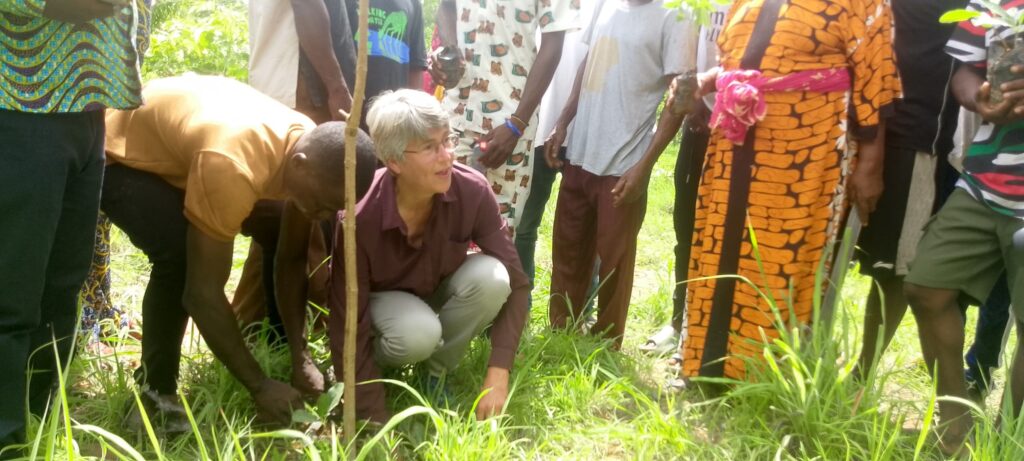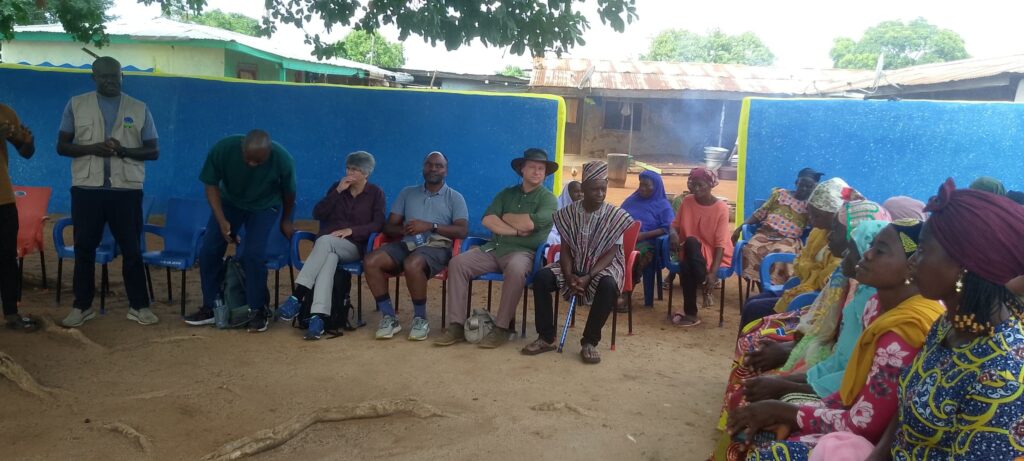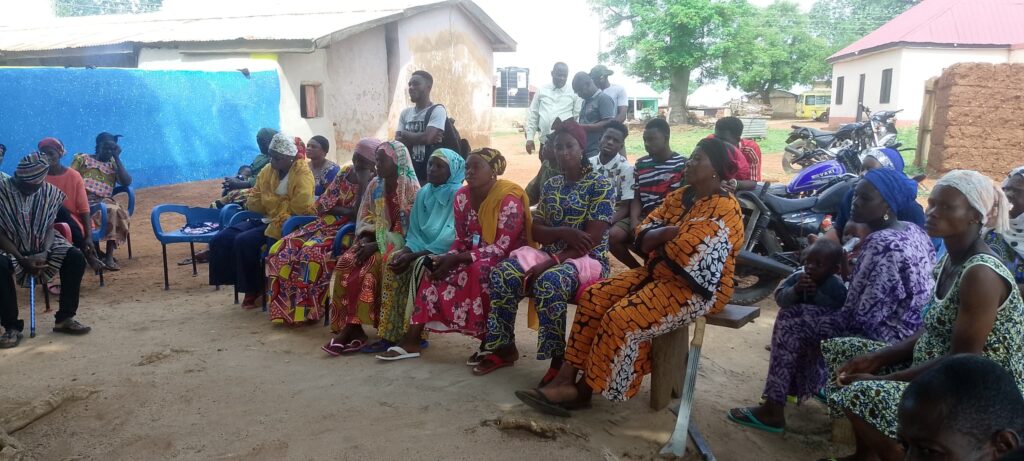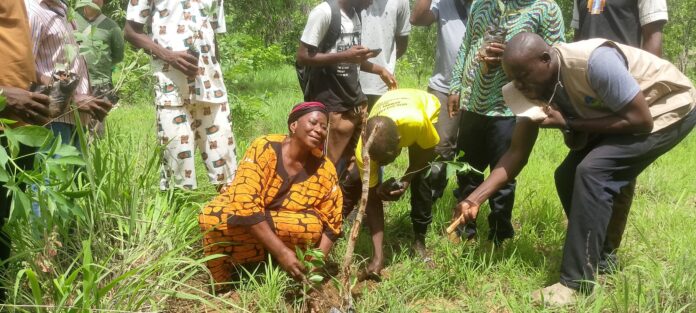As part of its conservation mission, the Ghana Wildlife Society (GWS), a leading environmental NGO, has planted over 600 native trees in the Keni-Keni Forest Reserve near Kabampe and Kananto, communities within the Community Resource Management Area (CREMA) close to Mole National Park in the West Gonja Municipality of the Savannah Region.
The tree planting exercise, which took place on Friday, May 30, 2025, aims to enrich the forest reserve, support Ghana’s rich biodiversity, and promote a healthier environment and improved quality of life for communities.
According to Prof. Erasmus Owusu, Council Member of the Ghana Wildlife Society, the initiative addresses a critical gap in CREMA coverage from Kabampe and Kananto through to Larabanga.
“The objective is to achieve full 360-degree CREMA coverage around Mole National Park, creating a green buffer that enhances conservation outcomes,” he said.
Prof. Owusu explained that the project received funding through the Ecological Restoration Fund (ERF), with support from the Royal Society for the Protection of Birds (RSPB) in the UK. The effort is aimed at restoring ecosystem functions by planting native tree species, thereby boosting oxygen production, stabilising the climate, and promoting biodiversity.



“This planting is strategically designed to include diverse native species such as Mahogany and Tamarind to avoid monoculture and promote a resilient ecosystem,” he added.Speaking to the media, Mr. Wenceslas Gatarabirwa, Head of Flyway Conservation at RSPB, underscored the critical role trees play in sustaining bird life and overall ecosystem health.
“Each species extinction is a significant loss to humanity. Vultures, for instance, help prevent the spread of diseases by cleaning up animal carcasses. Smaller birds eat insects like mosquitoes, which helps reduce the incidence of diseases such as malaria,” he explained.Mr. Gatarabirwa emphasised that the tree planting is only the beginning of a long-term commitment to landscape restoration through community conservation.
“These trees will take years to mature, and the goal is to ensure they bear fruit, produce seeds, and support economic trees like shea for the benefit of the communities,” he said.
Dr. Jo Gilbert, Director of the International Department at RSPB, echoed these sentiments. In a media interview before the planting event, she noted that trees offer multiple benefits, including serving as habitats for birds (especially migratory birds), regulating climate, and providing valuable resources for local communities.
She urged the Kabampe and Kananto communities to care for the trees with support from GWS and Mole National Park.Community members from the Kabampe-Kananto CREMA also shared their appreciation for the initiative. They expressed excitement about the potential benefits and pledged to nurture the trees to ensure their survival.
They further noted that the project would foster unity between the two communities, as the shared responsibility of caring for the trees will encourage collaboration and communal effort.With over three decades of experience in conservation, the Ghana Wildlife Society continues to lead efforts in protecting wildlife and promoting environmental sustainability across the country.
Source: nkilgifmonline.com




